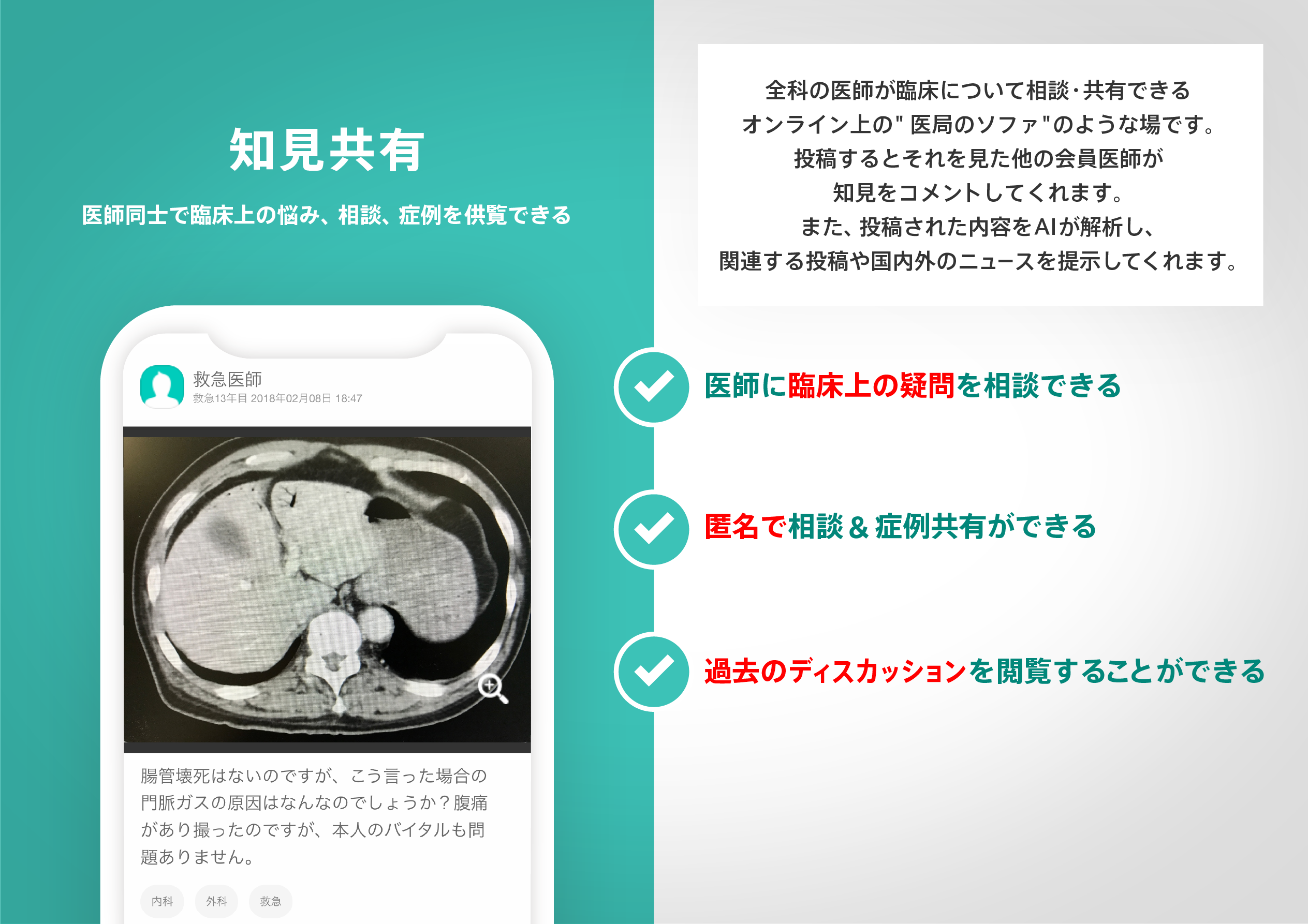著名医師による解説が無料で読めます
すると翻訳の精度が向上します
背景:うつ病は肥満に関連しています。ボディラウンドネス指数(BRI)は、ボディマス指数やウエスト周囲よりも、身体および内臓脂肪レベルのより正確な評価を提供します。ただし、BRIとうつ病の関連は不明です。したがって、National Health and Nutrition調査(NHANES)データベースを使用して、この関係を調査しました。 方法:この集団ベースの断面研究では、NHANES 2011-2018の20歳以上の18,654人の成人からのデータが分析されました。年齢、性別、人種/民族、教育レベル、婚status状態、貧困と収入の比率、アルコール、喫煙状態、高血圧、糖尿病、心血管疾患、エネルギー摂取、身体活動、総コレステロール、トリグリセリドを含む共変量を調整して調整しました多変量ロジスティック回帰モデル。さらに、滑らかな曲線フィッティング、サブグループ分析、および相互作用テストが実施されました。 結果:共変量を調整した後、BRIはうつ病と正の相関がありました。BRIの1ユニットの増加ごとに、うつ病の有病率は8%増加しました(オッズ比= 1.08、95%信頼区間= 1.05-1.10、p <0.001)。 制限:これは横断的研究であったため、BRIとうつ病の因果関係を決定することはできませんでした。この研究でうつ病の患者は、大うつ病性障害と臨床的に診断されていませんでした。 結論:BRIレベルは、アメリカの成人のうつ病の有病率の増加に積極的に関連していた。BRIは、うつ病を予測するための単純な人体測定指数として機能する場合があります。
背景:うつ病は肥満に関連しています。ボディラウンドネス指数(BRI)は、ボディマス指数やウエスト周囲よりも、身体および内臓脂肪レベルのより正確な評価を提供します。ただし、BRIとうつ病の関連は不明です。したがって、National Health and Nutrition調査(NHANES)データベースを使用して、この関係を調査しました。 方法:この集団ベースの断面研究では、NHANES 2011-2018の20歳以上の18,654人の成人からのデータが分析されました。年齢、性別、人種/民族、教育レベル、婚status状態、貧困と収入の比率、アルコール、喫煙状態、高血圧、糖尿病、心血管疾患、エネルギー摂取、身体活動、総コレステロール、トリグリセリドを含む共変量を調整して調整しました多変量ロジスティック回帰モデル。さらに、滑らかな曲線フィッティング、サブグループ分析、および相互作用テストが実施されました。 結果:共変量を調整した後、BRIはうつ病と正の相関がありました。BRIの1ユニットの増加ごとに、うつ病の有病率は8%増加しました(オッズ比= 1.08、95%信頼区間= 1.05-1.10、p <0.001)。 制限:これは横断的研究であったため、BRIとうつ病の因果関係を決定することはできませんでした。この研究でうつ病の患者は、大うつ病性障害と臨床的に診断されていませんでした。 結論:BRIレベルは、アメリカの成人のうつ病の有病率の増加に積極的に関連していた。BRIは、うつ病を予測するための単純な人体測定指数として機能する場合があります。
BACKGROUND: Depression is linked to obesity. The body roundness index (BRI) provides a more accurate assessment of body and visceral fat levels than the body mass index or waist circumference. However, the association between BRI and depression is unclear. Therefore, we investigated this relationship using the National Health and Nutrition Examination Survey (NHANES) database. METHODS: In this population-based cross-sectional study, data from 18,654 adults aged ≥20 years from the NHANES 2011-2018 were analyzed. Covariates, including age, gender, race/ethnicity, education level, marital status, poverty-income ratio, alcohol status, smoking status, hypertension, diabetes mellitus, cardiovascular disease, energy intake, physical activity, total cholesterol, and triglycerides were adjusted in multivariable logistic regression models. In addition, smooth curve fitting, subgroup analysis, and interaction testing were conducted. RESULTS: After adjusting for covariates, BRI was positively correlated with depression. For each one-unit increase in BRI, the prevalence of depression increased by 8 % (odds ratio = 1.08, 95 % confidence interval = 1.05-1.10, P < 0.001). LIMITATIONS: As this was a cross-sectional study, we could not determine a causal relationship between BRI and depression. Patients with depression in this study were not clinically diagnosed with major depressive disorder. CONCLUSION: BRI levels were positively related to an increased prevalence of depression in American adults. BRI may serve as a simple anthropometric index to predict depression.
医師のための臨床サポートサービス
ヒポクラ x マイナビのご紹介
無料会員登録していただくと、さらに便利で効率的な検索が可能になります。
